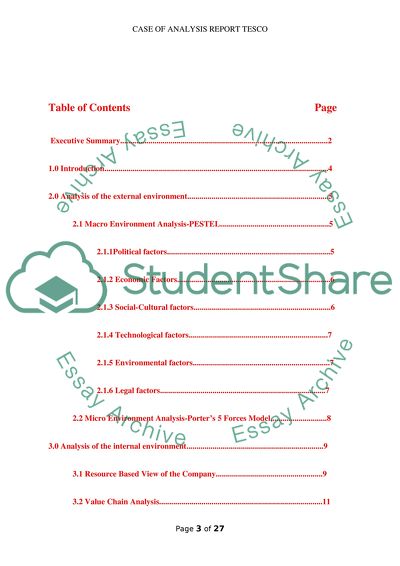Cite this document
(“Case of analysis report TESCO Essay Example | Topics and Well Written Essays - 4000 words”, n.d.)
Case of analysis report TESCO Essay Example | Topics and Well Written Essays - 4000 words. Retrieved from https://studentshare.org/macro-microeconomics/1640969-case-of-analysis-report-tesco
Case of analysis report TESCO Essay Example | Topics and Well Written Essays - 4000 words. Retrieved from https://studentshare.org/macro-microeconomics/1640969-case-of-analysis-report-tesco
(Case of Analysis Report TESCO Essay Example | Topics and Well Written Essays - 4000 Words)
Case of Analysis Report TESCO Essay Example | Topics and Well Written Essays - 4000 Words. https://studentshare.org/macro-microeconomics/1640969-case-of-analysis-report-tesco.
Case of Analysis Report TESCO Essay Example | Topics and Well Written Essays - 4000 Words. https://studentshare.org/macro-microeconomics/1640969-case-of-analysis-report-tesco.
“Case of Analysis Report TESCO Essay Example | Topics and Well Written Essays - 4000 Words”, n.d. https://studentshare.org/macro-microeconomics/1640969-case-of-analysis-report-tesco.


